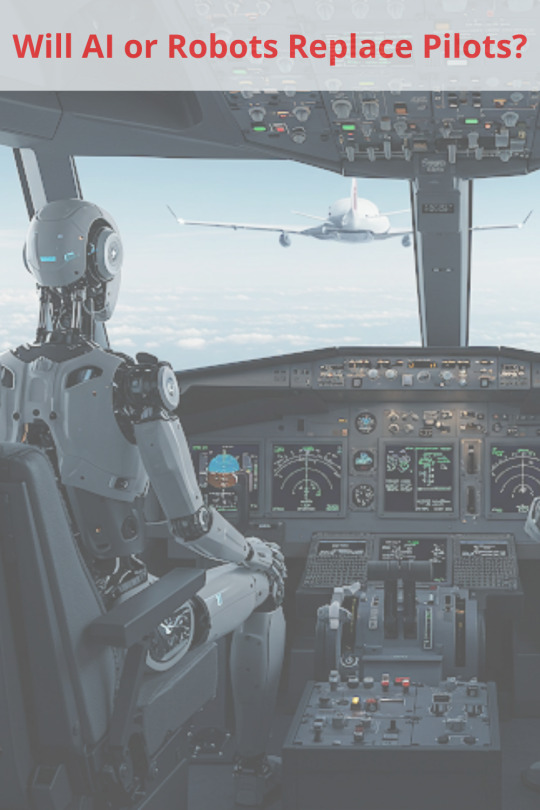#ai robots
Explore tagged Tumblr posts
Text

A.I. Robot, Instantly gave up
47 notes
·
View notes
Text

Ex Machina (2014) Director: Alex Garland
“The challenge is not to act automatically. It's to find an action that is not automatic. From painting, to breathing, to talking, to fucking. To falling in love... And for the record, Ava's not pretending to like you. And her flirting isn't an algorithm to fake you out. You're the first man she's met that isn't me. And I'm like her dad, right? Can you blame her for getting a crush on you?”
#film#film edit#movies#sci fi#sci fi movies#ex machina#ex machina 2014#ch: nathan#ch: caleb#oscar isaac#domnhall gleeson#ai#ai technology#ai robots#color#color palette#queue continuum
17 notes
·
View notes
Text

#artificial intelligence#ai latest update#ai robots#open ai#ai revolution#ai news#deepseek#artificialintelligence
3 notes
·
View notes
Text
instagram
7 notes
·
View notes
Text

5 notes
·
View notes
Text
Elon Musk's Tesla Bot general-purpose robotic humanoid Optimus is perhaps his most important project
2 notes
·
View notes
Text
Reblog if your art project has not, does not, and never will make use of generative ai at any point in your creative process.
#clinical space is an ai free zone#even our robots are played by people#writing#fiction podcast#audio fiction#anti ai#anti generative ai
18K notes
·
View notes
Text
Hugging Face Launches Reachy Mini, the “Seinfeld” of AI Robots, Sparking $500K Sales in 24 Hours
#ai#robotics#robots#hugging face#reachy mini#ai robots#sales#seinfeld#daily mentor news#techinnovation#technology#tech
0 notes
Text
AI Robots for Elderly Care: Revolutionizing Support for Aging Populations
Discover how AI robots for elderly care are transforming senior living, offering support, independence, and safety for aging populations. As populations age in the USA, UK, Canada, and Europe, AI robots for elderly care are becoming increasingly necessary and innovative. With life expectancy rising, many families seek safe, affordable, and dignified solutions for aging loved ones. These…
0 notes
Text
Will AI or Robots Replace Pilots?
#ai #Robots #pilots #plane

#robots#will pilots be replaced by robots#robot#will robots replace us#will robots replace art#will robots replace humans#drones will replace pilots#military ai robots to replace human pilots 🤯🤯🚀#shorts#why pilots will be replaced#jobs that will be replaced by robots#military robots#robot pilots#ai robots#killer robots#ai replace humans#robot plane pilot simulator#pilots#will ai replace all jobs?#fighter robots#ai will replace artists
1 note
·
View note
Text

Is this anything
#always an awkward conversation to have irl#“i love ai.” insert that one spongebob holding out his hands with a shadow above him meme#“FICTIONAL. FICTIONAL AI!!!”#clankerposting#Clay posts#fictional ai#shitpost#hal 9000#robots#p03#electric dreams#allied mastercomputer#ihnmaims#shockwave#transformers#fuck ai#this is an anti ai art blog btw#objectum#saying hello to everyone who reads the tags um... hi!! Really funny to read people recommending me entry level robot/AI media#like yes i have indeed heard of portal and ultrakill. i just didnt pit them in the meme </3#also some guy decided to write in the notes that they were going to crush me into red paste. hot? thank you? ???? weird.
35K notes
·
View notes
Text

Ex Machina (2014) Director: Alex Garland
“One day the AIs are going to look back on us the same way we look at fossil skeletons on the plains of Africa. An upright ape living in dust with crude language and tools, all set for extinction.” “I am become Death, the destroyer of worlds.”
#film#film edit#movies#sci fi#sci fi movies#ex machina#ex machina 2014#ch: nathan#oscar isaac#ai#ai technology#ai robots#color#color palette#queue continuum
16 notes
·
View notes
Text
youtube
This is another new video from the "AI Evolves" channel where we delve into the fascinating world of humanoid robots and their impact on various sectors. So let's jump into this entire video till the end. Stay up to date by subscribing to this channel. Please subscribe 👉 / @aievolves
#ai robots#ai#artificial intelligence#robots#elon musk#robot#ai news#humanoid robot#humanoid robots#tesla#tesla robot#elon musk news#robotics#tesla bot#sexiest humanoid robots#female humanoid#female humanoid ai robot#pro robots#future technology#humanoid#tech news#openai#humanoid robots 2024#science news#tesla stock#technology news#tesla news#tesla fsd#universal robots#AI evolves
0 notes
Text
youtube
This is another new video from the "AI Evolves" channel where we delve into the fascinating world of humanoid robots and their impact on various sectors. So let's jump into this entire video till the end. Stay up to date by subscribing to this channel. Please subscribe 👉 / @aievolves
#ai robots#ai#artificial intelligence#sexiest humanoid robots owned by elon musk#robots#elon musk#robot#ai news#humanoid robot#Youtube
0 notes
Text
Whole Army: Figure AI Company will create 100,000 humanoid robots
0 notes
Text
AI Robots Girlfriend
0 notes